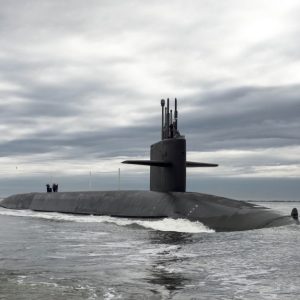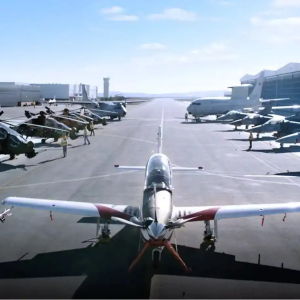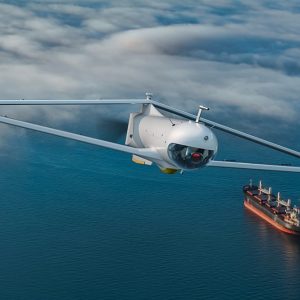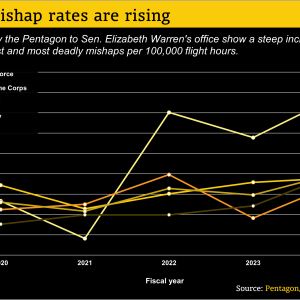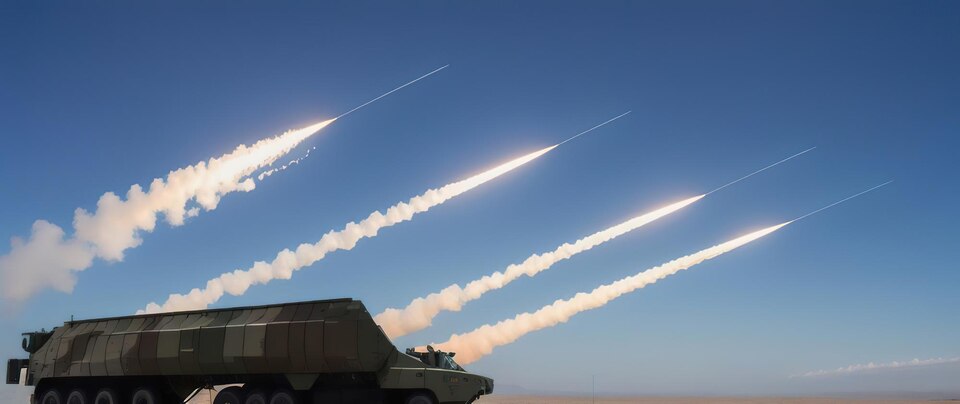
Hypersonic missile defence has moved from theory to funded programs. Countries now test sensors, networks, and interceptors against manoeuvring hypersonic glide vehicles (HGVs). The stakes are clear. If defenders can see, track, and hit these targets at scale, they will reset the cost‑exchange in their favour. This article maps the practical state of play and the near‑term choices that matter.Key Facts
• The U.S. plan pairs space tracking (SDA Tracking Layer, MDA’s HBTSS) with an endo‑atmospheric interceptor (Glide Phase Interceptor, GPI) for Aegis ships. [1][2][3]
• Japan co‑develops GPI and targets mid‑2030s fleet use. [4]
• Europe advances PESCO TWISTER, HYDIS² interceptor studies, and Aster 30 B1NT tests under SAMP/T NG. [5][6][7]
• Russia and China field HGVs (Avangard; DF‑17), which compress allied timelines. [8][9]
• Lasers and electronic attack may help at the margins. For now, hit‑to‑kill remains central. [10]
Why hypersonic defence is different
Classic missile defence assumed a predictable arc and generous time in space. Hypersonic threats do not conform. They mix very high speed with atmospheric manoeuvre. Consequently, single‑sensor custody breaks. Timelines shrink. The architecture must change.
Therefore, modern designs lean on three layers. First, proliferated space sensors for birth‑to‑death tracks. Second, low‑latency networks that move data to shooters. Third, interceptors that engage during the glide phase, before terminal clutter closes the window. Each layer is necessary. None is sufficient alone.
The U.S. approach: space custody, fast transport, naval kill
The United States is building custody from orbit. The Space Development Agency’s Tracking Layer provides wide‑field infrared for global detection and initial tracks. In parallel, the Missile Defense Agency’s HBTSS offers tighter, engagement‑quality data. Together, they feed the Glide Phase Interceptor on Aegis combatants. [1][2][3]
Budgets have been tight. Even so, program leaders have protected the sensing‑to‑shooter chain. As a result, testing now links space sensors to naval fire control in realistic timelines. If that link holds in fleet exercises, GPI can prosecute a manoeuvring HGV before it dives into dense air. [4][6][11][12]
What sensors must solve
Tracking an HGV is a geometry problem wrapped in physics. The system needs multiple looks, high‑sensitivity infrared payloads, and fusion software that rides through clouds, clutter, and sharp turns. SDA handles custody. HBTSS refines the track for a weapon handoff. A recent report noted a joint MDA–Navy event where HBTSS data enabled a simulated engagement. This is only one data point. Nevertheless, it shows the chain is maturing. [1][2][13]
Europe’s path: TWISTER, HYDIS², and Aster 30 B1NT
Europe is converging on a layered answer. PESCO’s TWISTER aims at early warning and endo‑atmospheric interception. At the same time, HYDIS² and related efforts study new interceptor options across member states. In parallel, France and Italy push SAMP/T NG with the Aster 30 B1NT, which brings a new seeker and better kinematics. [5][6][7]
The effect is gradual but important. Europe moves from point defence to regional coverage. Space cueing improves reaction time. Higher‑altitude endo intercepts increase the defended footprint. The choreography still needs proof against complex raids. However, industry lines are warm and test windows are booked. [14]
Indo‑Pacific dynamics
Allied co‑development shapes the Pacific picture. Japan anchors maritime counter‑HGV capacity through GPI. Meanwhile, Australia’s hypersonic enterprise focuses on offensive systems such as SCIFiRE and HACM. Even so, its work on materials, seekers, and links will spill into defensive roles later. Shared ranges and common algorithms lower risk for both sides. [4][15][16]
Adversary pacing items: Avangard, DF‑17, Zircon
Russia and China now use HGVs in exercises and signals. Avangard rides an ICBM. DF‑17 pairs a medium‑range booster with a glide body. Reports also note Zircon activity at sea. Each event pressures allied networks to hold track and close a firing loop fast. Space custody helps. So do hardened comms and automated battle management. Ultimately, a shooter still needs a precise, timely handoff. [8][9][17]
Directed energy and electronic warfare
Directed energy promises low cost per shot. Yet atmosphere and beam control limit effect on fast, cross‑range targets. Consequently, lasers will support niche phases, such as blinding sensors or finishing damaged threats. Electronic attack may disrupt guidance. It may also complicate a glide path. Even then, defenders will still need a reliable hard‑kill. For background, see our analysis of China’s LY‑1 naval laser. [10]
What to watch next
Three milestones will shape the next 24 months. First, SDA Tracking Layer deployments and cross‑links to HBTSS. Do they hold low‑latency custody through long manoeuvres? Second, GPI risk‑reduction tests and schedule clarity with Japan. Can the fleet field a credible glide‑phase shot by the mid‑2030s? Third, Europe’s TWISTER and HYDIS choices. Will Brussels select an interceptor profile that complements Aster 30 B1NT rather than duplicating it? These answers will set the practical contours of hypersonic missile defence through the early 2030s. [1][3][4][5][6][7]
Related analysis: See our feature on naval lasers for the non‑kinetic layer and cost‑exchange context. [10]
References
- Space Development Agency — Tracking Layer Fact Sheet (2024)
- Northrop Grumman — HBTSS Data Sheet
- HBTSS overview (industry perspective)
- AP — U.S.–Japan co‑development of Glide Phase Interceptor (2024)
- PESCO — TWISTER project page
- Defense News — GPI funding and schedule update (2025)
- OCCAR — HYDIS programme overview
- CSIS Missile Threat — Avangard profile
- CSIS Missile Threat — DF‑17 profile
- Defence Agenda — China’s LY‑1 naval laser
- USNI — Report to Congress: Hypersonic Missile Defense (2025)
- Breaking Defense — Northrop selected for GPI (2024)
- NATO — Integrated Air & Missile Defence (IAMD)
- Naval News — Aster 30 B1NT production & testing updates (2025)
- RAAF — SCIFiRE hypersonics project
- Australian Defence — HACM/SCIFiRE context
- Reuters — Zircon launch during Zapad drills (2025)
Alt text for editors: “Interceptor salvo concept for hypersonic missile defence against HGVs in blue sky test range.”
Internal link: China’s LY‑1 naval laser and counter‑UAS implications



